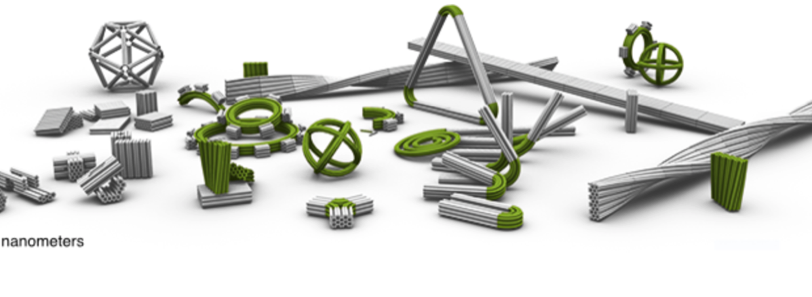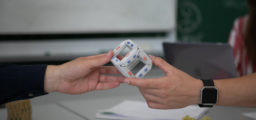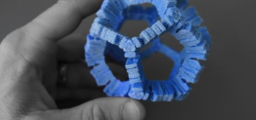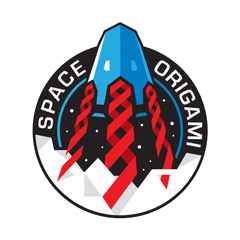Posted by: Kalorintschi
What are DNA origami?

Not only paper origami artists can create impressive structures by folding – but also nature. Using the molecular construction principle of the genome, two and three-dimensional structures can be created with a technology called DNA Origami.
Researchers have already developed and realized a wide variety of DNA nanostructures (Figure 1). Functional objects such as hinges, grippers, rotors and even a robot with movable arms are possible today – all made of DNA molecules.
But how are DNA origami structures created from a DNA strand?

F
In 2006, Paul Rothemund from the California Institute of Technology developed a technique that makes it possible to bend a long DNA strand into various shapes. He called this folding technique for DNA: DNA Origami. Just like paper origami, DNA origami enables the formation of two and three-dimensional structures. Instead of folding a sheet of paper, a long DNA strand is folded into the desired object using many small DNA strands.
The long scaffold strand is taken from bacteria. The sequence of this long single stranded DNA, the scaffold, is known. This makes it possible to design exact complementary, shorter DNA sequences “staples” that can bind to specific sites in the long DNA strand.
Scaffold and staple strands can assemble themselves in a single step (Figure 2). In this process, exactly opposite strands always find each other and connected. This results in very stable and nanometer-precise structures, for example objects such as octahedrons, boxes or hinges.

DNA Origami therefore is a self-assembling method with which it is possible to form a wide variety of structures with nanometer precision.
Why do we want to bring DNA Origami structures to the International Space Station?
The next step will be to extend the material by the nanometer level and to build larger structures. One thinks here of crystal formation, where millions of DNA origami structures make up a large, very stable structure. But building macroscopic 3D DNA origami crystals is an unsolved task so far. Crystals are very regular structures with defined distances, this property can be exploited to produce nanoelectronic components for a DNA computer, for example.
The elucidation of the atomic structure of a biomolecule is an essential step in the development of a suitable drug against it. However, this process often takes several years and is very expensive. A crystal lattice of DNA origami could be used as a host for guest molecules whose structure needs to be determined. DNA origami crystals could therefore be used in medicine to elucidate the structure of biomolecules and make smart drug design.
So far however, it has not been possible to produce uniform crystals on earth that would be necessary for further processing. One possible reason could be Earth’s gravity. Microgravity provides optimal conditions for crystal growth.
The ISS thus offers the unique opportunity to study the behaviour of the new material in microgravity and to exploit the positive effects of microgravity to grow a 3D-DNA Origami crystal. These crystals could make it possible to break new ground in robotics, computer science, materials science, medicine and drug development.
The analysis of DNA origami crystals grown in microgravity will help researchers better understand the precise conditions for producing the highest quality, error-free crystals. The knowledge gained supports the commercial expansion of the production of DNA Origami crystals on Earth.
More information on DNA Origami and the possibilities of this technique:
Your Space Origami Crew






Comments are closed.